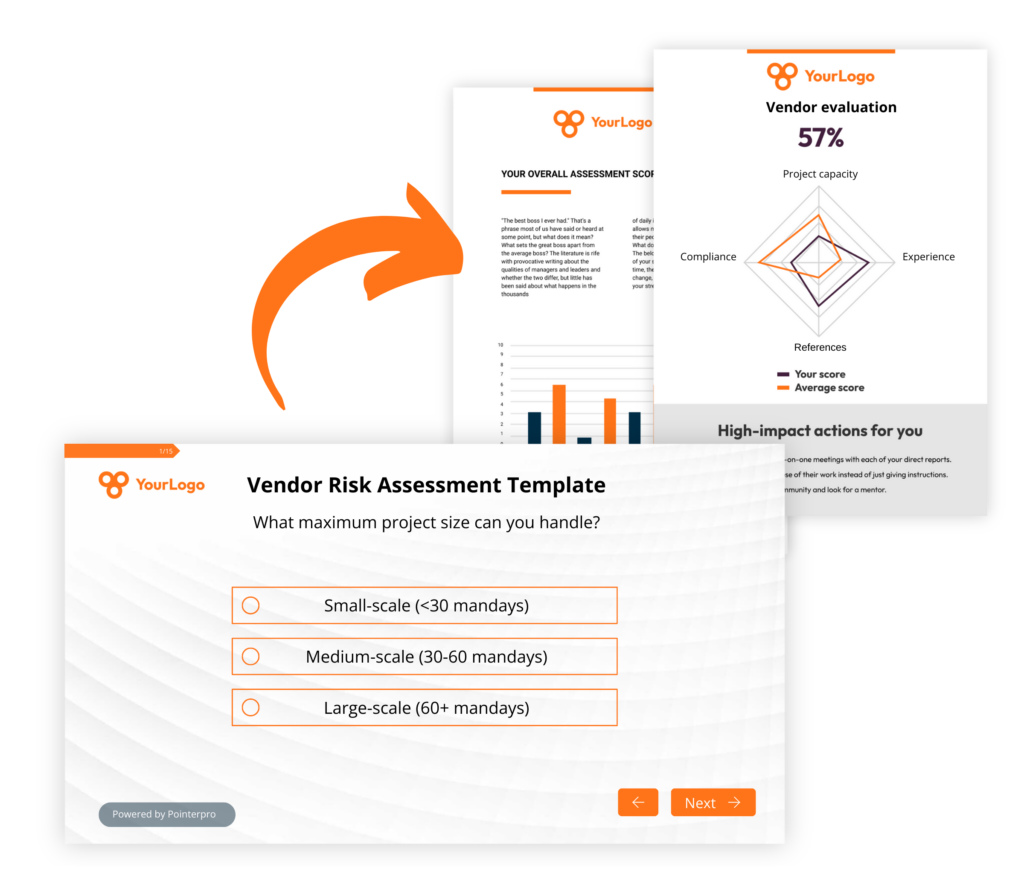Trusted by 1.500+ consultants, coaches, marketers, HR specialists and companies worldwide









An order form is a document or format utilized by businesses or organizations to collect and process customer orders for products or services. It serves as a structured template that facilitates the gathering of pertinent information required to fulfill a customer’s purchasing request. The primary purpose of an order form is to create an official record of the customer’s desired items, quantities, pricing, delivery details, and any additional specifications or preferences.
Typically, an order form encompasses several key components. It begins by capturing the customer’s contact information, such as their name, shipping address, phone number, and email address. This information is crucial for accurately processing and delivering the order.
The order form then proceeds to the core section where the customer specifies the details of their order. This typically includes fields or sections to input the product or service name, quantity, size or specifications, and any other relevant details that assist in accurately fulfilling the customer’s request. Depending on the nature of the business, the order form may also provide options for customization or selection of different product variants.
An important aspect of the order form is the pricing and payment section, where the price of each item, subtotal, any applicable taxes, and the total amount due are clearly indicated. It may also provide space for the customer to select their preferred payment method and provide the necessary payment details.
If the products require delivery, the order form will collect shipping or delivery information. This typically includes fields for selecting a shipping method, providing specific delivery instructions, or indicating a preferred delivery date.
Additionally, an order form may incorporate a section outlining the terms and conditions of the purchase. This can cover aspects such as return policies, warranties, cancellation or refund policies, and any disclaimers or legal agreements that the customer should be aware of.
To finalize the order, the form generally includes a signature or confirmation area where the customer acknowledges their agreement to the terms and confirms their intention to proceed with the purchase.
Order forms can take various formats, ranging from traditional physical paper forms to online forms on websites or digital forms sent via email. The structure and content of an order form may vary depending on the specific requirements, industry practices, and the nature of the products or services being offered.
A vendor risk assessment report is a comprehensive document that presents the findings of the vendor risk assessment process. The content of the report should be thorough and structured to provide clear insights into the risks associated with a particular vendor. Another important element to consider is visual aids. Illustrating and emphasizing important findings with charts makes your report easier to read and interpret for stakeholders.
Overall, here’s what should typically be included in a vendor risk assessment report template:
A vendor risk assessment report is a comprehensive document that presents the findings of the vendor risk assessment process. The content of the report should be thorough and structured to provide clear insights into the risks associated with a particular vendor. Another important element to consider is visual aids. Illustrating and emphasizing important findings with charts makes your report easier to read and interpret for stakeholders.
Overall, here’s what should typically be included in a vendor risk assessment report template:
"We use Pointerpro for all types of surveys and assessments across our global business, and employees love its ease of use and flexible reporting."

Director at Alere
"I give the new report builder 5 stars for its easy of use. Anyone without coding experience can start creating automated personalized reports quickly."

CFO & COO at Egg Science
"You guys have done a great job making this as easy to use as possible and still robust in functionality."

Account Director at Reed Talent Solutions
“It’s a great advantage to have formulas and the possibility for a really thorough analysis. There are hundreds of formulas, but the customer only sees the easy-to-read report. If you’re looking for something like that, it’s really nice to work with Pointerpro.”

Country Manager Netherlands at Better Minds at Work







